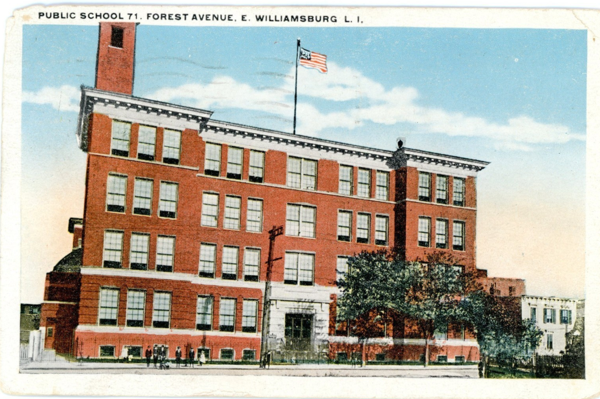It can’t be a good year when one of your “wins” involved half of the building getting demolished.
And while it’s always nice to see row houses that are not in Greenwich Village get recognition and protection (nice work, Kelly!), Walt Whitman, abolitionist history and a host of other good priorities (Bushwick, Southside) still languish.

